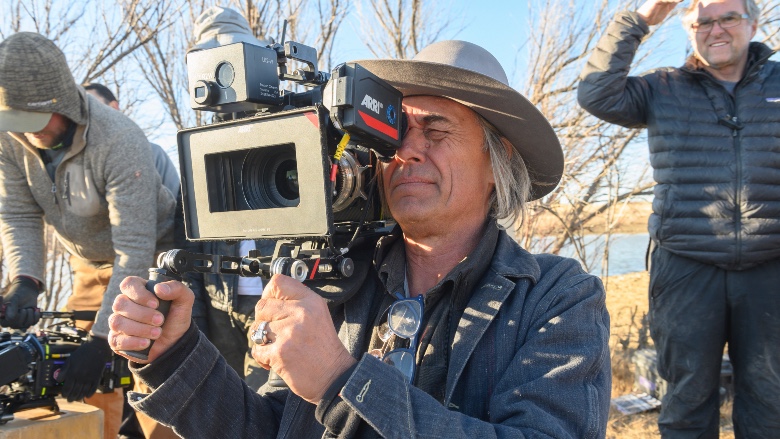
The sweeping vistas of mountains, canyons, and plains seen in the Universal Pictures release News of the World are the work of Cinematographer Dariusz Wolski, ASC. Directed by Paul Greengrass and starring Tom Hanks and Helena Zengel, the movie is currently in select theaters and On Demand.
Speaking via Zoom from Rome where he is prepping Ridley Scott‘s Gucci biopic, Wolski said he loved Westerns when he was growing up in Poland. To prepare for News of the World, he and Greengrass screened movies by John Ford and The Gospel According to St. Matthew, a 1964 film directed by Pier Paolo Pasolini and shot by Tonino Delli Colli.
“That was probably Paul’s way to start our conversation about how we were going to approach using a handheld camera,” Wolski said. “Pasolini’s movie was all handheld, but with static shots that were beautifully composed. I think they were using ARRI 2C’s, silent cameras because they weren’t recording dialogue.
“This style comes from necessity, they had a small budget and no resources. I took it very seriously — that’s why we didn’t use a crane, for example. I said, ‘Let’s make it simple, restrained.'”
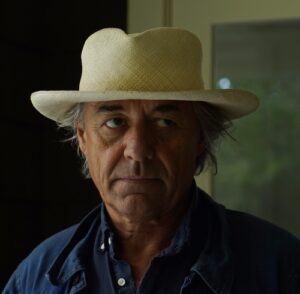
Wolski hadn’t worked with Greengrass before, but they met years prior at Pinewood Studios when the cinematographer was shooting Tim Burton‘s Sweeney Todd: The Demon Barber of Fleet Street and Greengrass was directing The Bourne Ultimatum. When Greengrass sent him the News of the World script, Wolski was intrigued by the idea of finding a common language to use with the director’s documentary style.
“It’s still handheld,” Wolski said about the approach they agreed on. “I knew his style, but I think he was looking for something different. We kind of met in the middle. The whole movie is handheld, it’s just good handheld.”
In News of the World, Hanks plays a Civil War veteran who is bringing a young orphan, played by Golden Globe nominee Zengel, to her surviving family in Texas. Although it has an impressive scope, covering a journey of hundreds of miles through changing landscapes, Wolski insists that it was not a big production.
“We shot I think 52 days,” he said. “We revamped one set for three different towns, we used natural lighting as much as we could. We didn’t have fancy equipment, just pickup trucks to do all the tracking shots. It was pretty crude, which I kind of enjoyed.”
Wolski scouted locations with Production Designer David Crank, combing the New Mexico countryside around Santa Fe.
“It’s a fantastic place to shoot,” he said. “I shot one of my very first movies, an American Playhouse production called Land of Little Rain, on Super 16 around Taos. Just recently I did the sequel to Sicario: Day of the Soldado. For News we were shooting at the end of the year, so we could capture that low light. And the days were short enough that we could shoot at both dawn and sunset.”
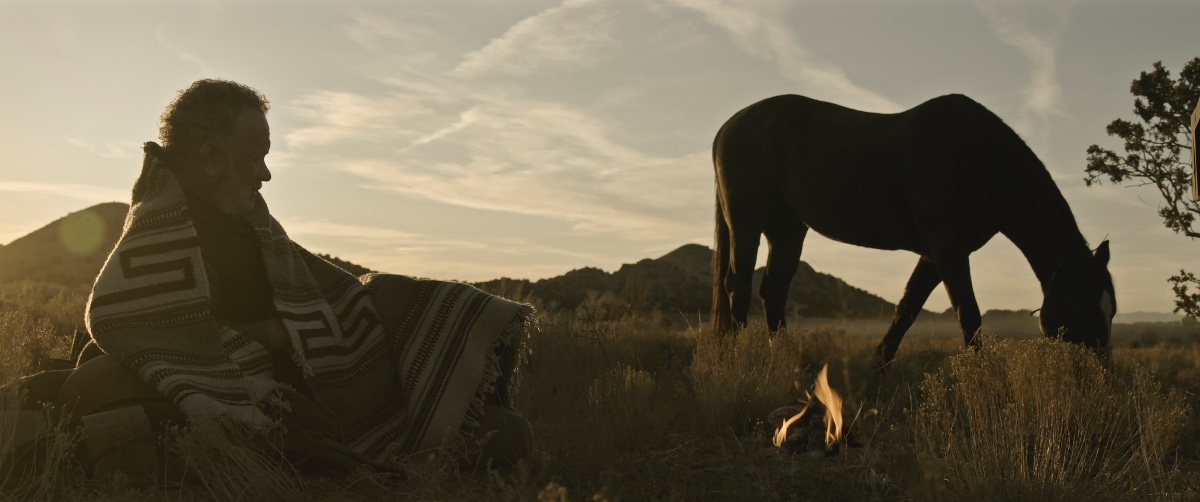
Locations were key, because Greengrass does his prep work before he arrives. Although he had some storyboards drawn in England, the director wants to be “surprised” when he comes onto a set, looking for spontaneity and inspiration from the moment. Wolski feels that approach may stem from Greengrass’s background in documentaries.
“There’s a misconception about documentaries,” he said. “Some people think it means you don’t care — you just grab a camera and shoot. But when you look at great street photography or reportage, those photographers were in wars, disasters, dangerous places, but they still manage to have a great eye. Composition, capturing body language, great lighting. When you look at the Brazilian photographer Sebastião Salgado or Robert Frank — yes, it’s reportage, but with a great eye. I like to look at it as documentary, but well observed.”
In scouting locations, Wolski and Crank would often find themselves guessing what Greengrass wanted. Filming had already started before they found the right spot for one of the film’s crucial moments: a shootout between Hanks’ character and robbers who have pinned him on a rocky outcropping. It’s a scene that could have been straight out of an Anthony Mann or Budd Boetticher Western.
“The difficult part was they start on a wagon,” Wolski recalled. “You want to have the wagon moving fast, but you can only take it so far in those rock formations. So we had to split locations, film the chase and then find another spot with a road so it was logistically possible to use the horses.”
The sequence took four of five days to shoot, followed by second unit work led by one of Wolski’s operators. The cinematographer remembered his other operators running up rocks carrying Arriflex Mini LFs, a larger format camera.
“It was difficult because there were several levels we had to work on,” Wolski said. “They’re climbing all the time, mostly handheld and Steadicam, and at the highest spot there was hardly any room for the video village. Two cameras, us squished against rocks, but it pays off because it’s a great scene. You go over the shoulder of the actors and you see this huge vista.”
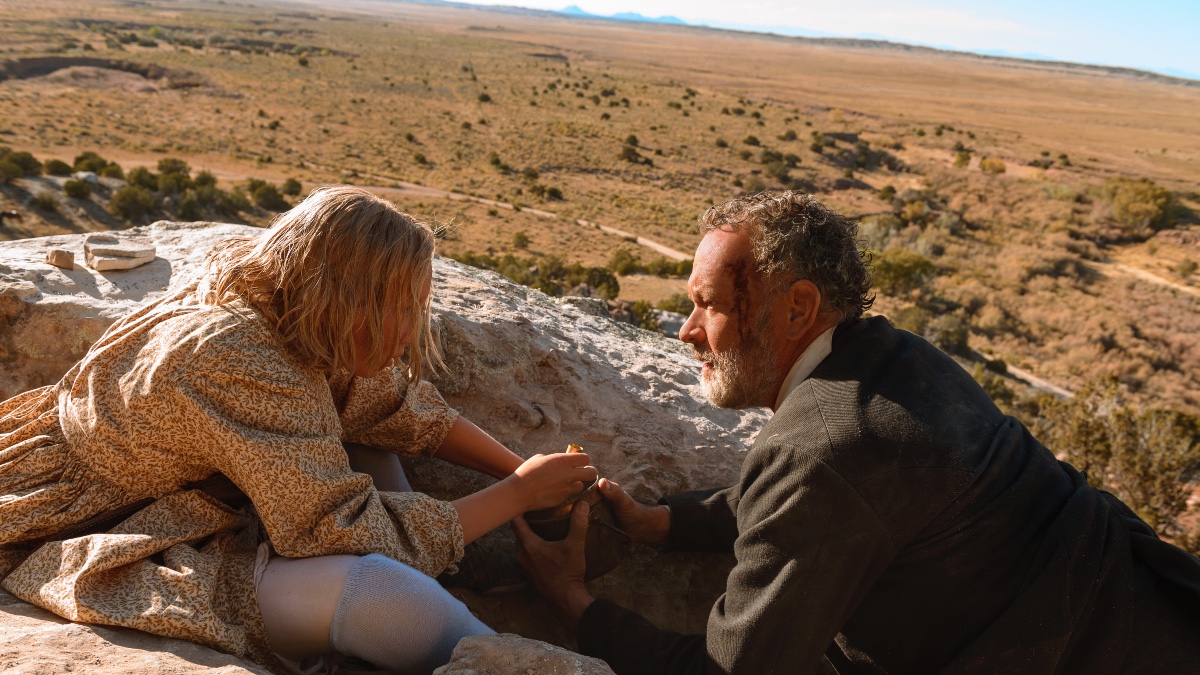
Wolski said the hardest scenes to shoot were the two that involved Kiowas. In one nighttime scene, Kiowas pass by Zengel in the rain. He praised the visual effects team, which created a canyon via blue screen for the sequence.
The second involved a dust storm that envelops Hanks and Zengel. “That was part of one big wide shot with a huge storm coming towards us,” Wolski said. “All done for real. You put up fences to create a channel for the actor, so he’s not completely destroyed.”
Wolski joked about his familiarity with dust storms, having shot them for Ridley Scott. He spoke briefly about reshooting All the Money in the World with the recently deceased Christopher Plummer after the film had been completed with another actor.
“Ridley was disappointed at first, but once the movie was edited it was pretty easy to work from,” he said. “You have a fully cut film, you dissect everything, look at the scenes precisely, and just approach it like surgery.”
The reshoot took about seven days, three in London and four in Rome. Blue screens were used to recreate the shots in Jordan, where they retained the wide shots with the original actors.
“Everything else we completely reshot,” Wolski said. “The scenes with Plummer and Mark Wahlberg were all shot from scratch. The wide shots from the conference tables, we shot all of the material on Plummer’s side, but we kept the original shots of Michelle Williams, her close-ups, because her performance was so amazing.”
The cinematographer found a connection between working with Greengrass and Scott, even though their movies seem quite different.
“As I said earlier, I apply the idea of documentary, reportage, to all the movies I make,” he said. “Even with Ridley Scott, who seems to be a very stylized, visual director. Like Paul, he still has a spontaneous way of thinking. He loves coincidences, he loves to see something and just go for it.”
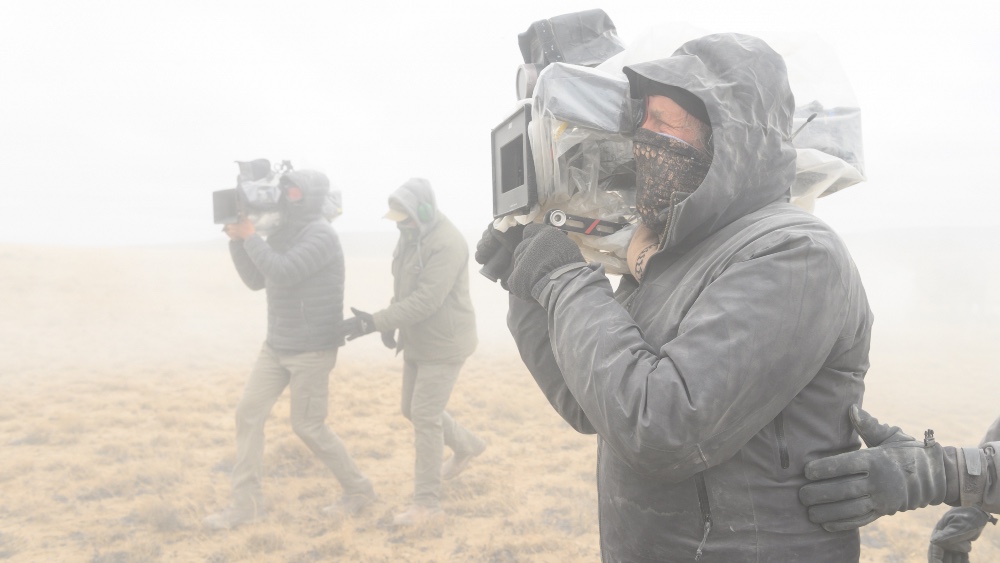
That strategy meant Wolski was prepared for New Mexico’s changing weather.
“There’s only so much you can do to control the impact weather has,” he said. “On a shoot I’d much rather move fast and capture the weather the way it is than try to control it. Because the time you take to control it is actually longer. So again, it’s kind of a documentary style, very raw.”
Wolski used multiple cameras throughout the shoot, sometimes three in the scenes where Hanks is reading from newspapers. “He’s in a pretty confined area, there was a lot of dialogue for Tom to deal with, and it was better to use three cameras so he doesn’t have to do his lines over and over.
“Then the action scenes, everything was a lot of Steadicam. When you have big scenes with cows, they’re entering a city, we had a camera on the truck and placed some extra cameras to get more production value.”
Wolski is clearly uncomfortable talking about his work. “The images should speak for themselves,” he said. “It’s a lot like describing a painting. It’s either beautiful or it’s not. I prefer very simple comments.”
Pressed about whether it’s different shooting for the big screen or for streaming, he said, “I feel like once you do something it doesn’t belong to you anymore. It’s like a song or a book, it’s not yours anymore – it belongs to everyone.”
What’s hard to get across in writing is the cinematographer’s warmth and humor. He delighted in telling about sending Greengrass some drone footage early in preproduction.
“I just sent it to him to show him locations, and his first comment was, ‘I don’t like helicopter shots because they take you out of the story.’ Right, this is just for you to understand what it looks like, I’m not suggesting anything.”
Wolski continued: “Halfway through the movie, he’s like, ‘Maybe we should get some helicopters.’ Okay, it’s your idea, not mine. That’s what’s great about collaboration — it’s not this is me, that’s you. It’s all about making the same thing.”
All photos courtesy Universal Pictures, except where noted. (Click on images for larger format.)





